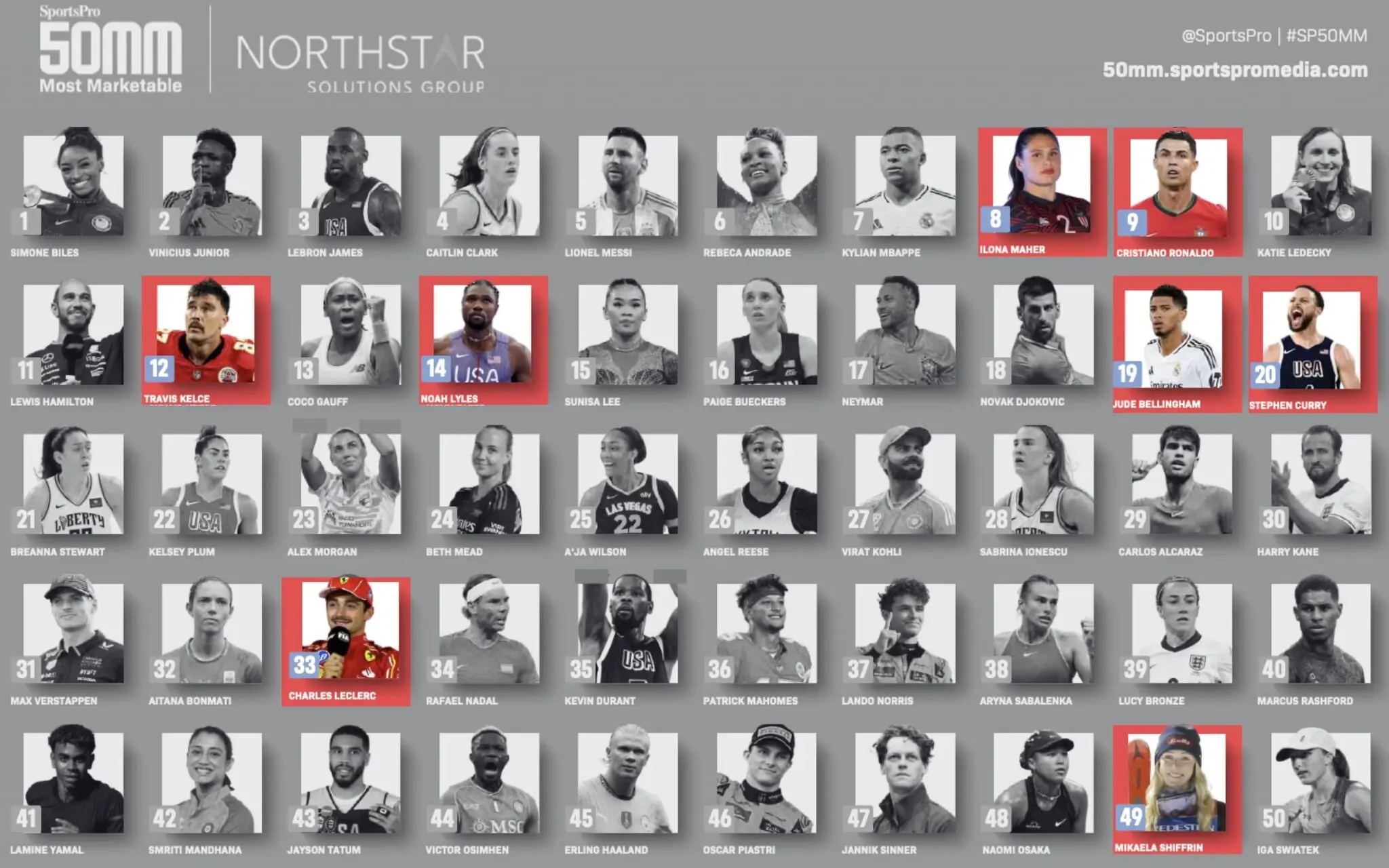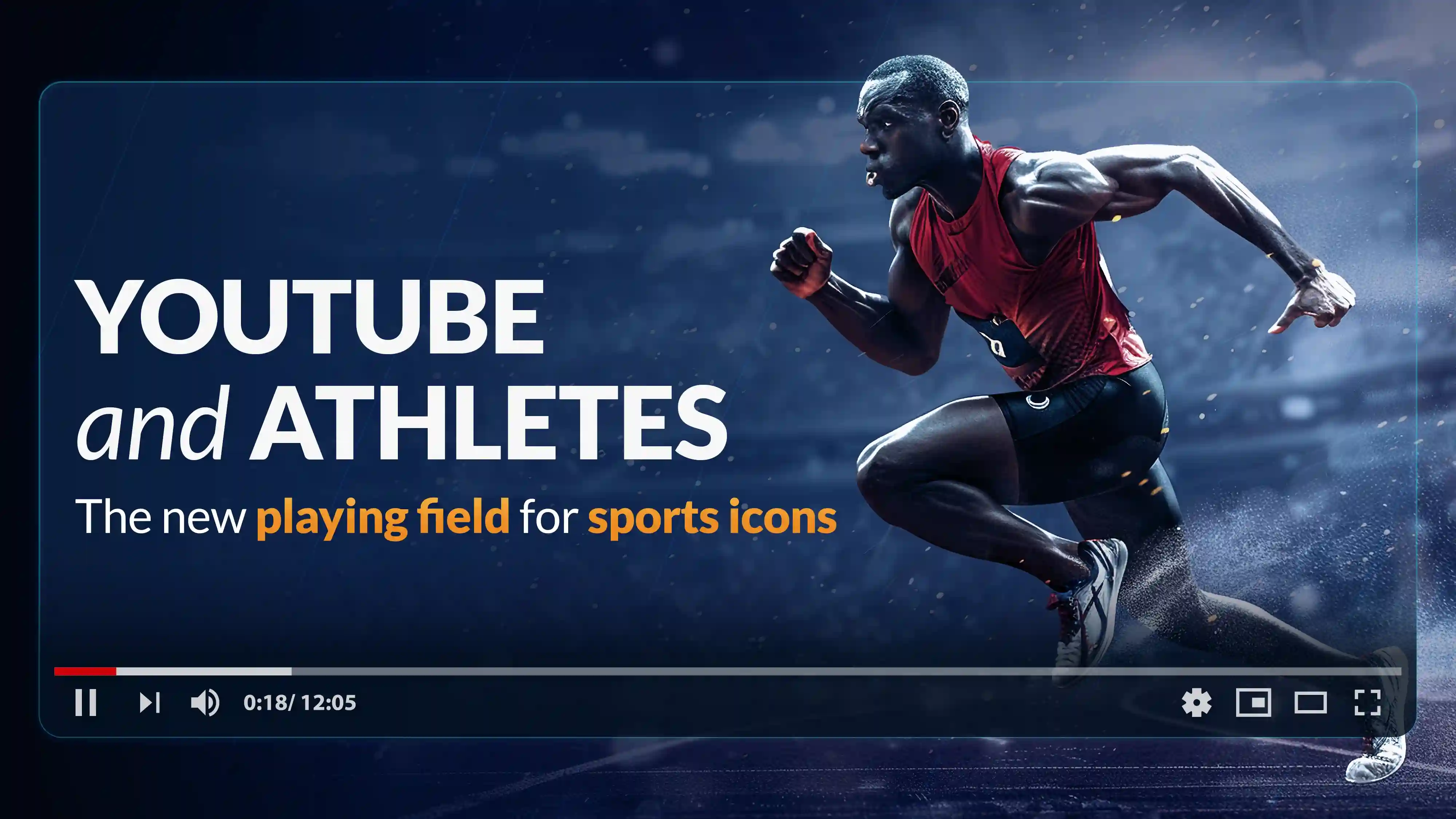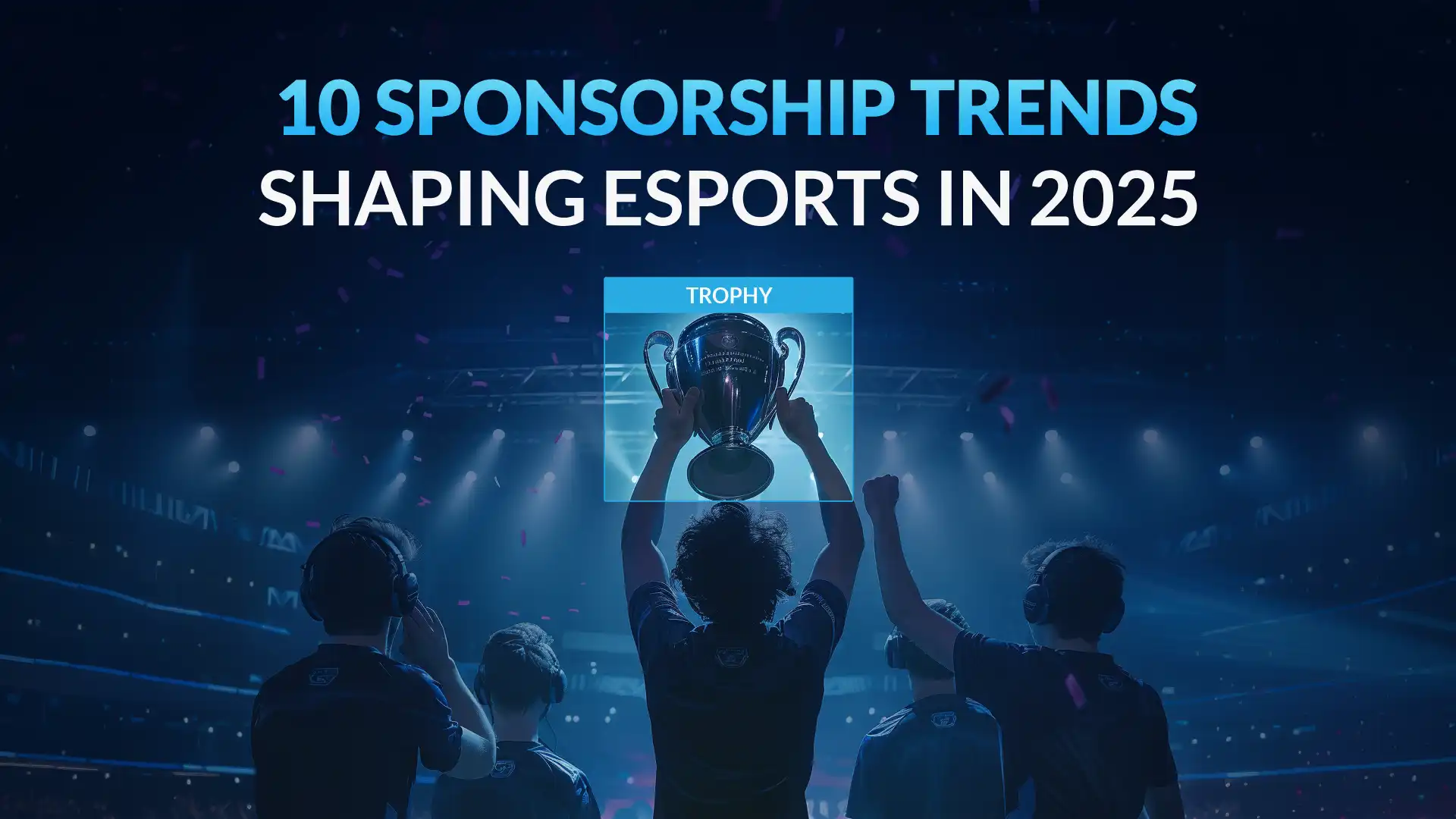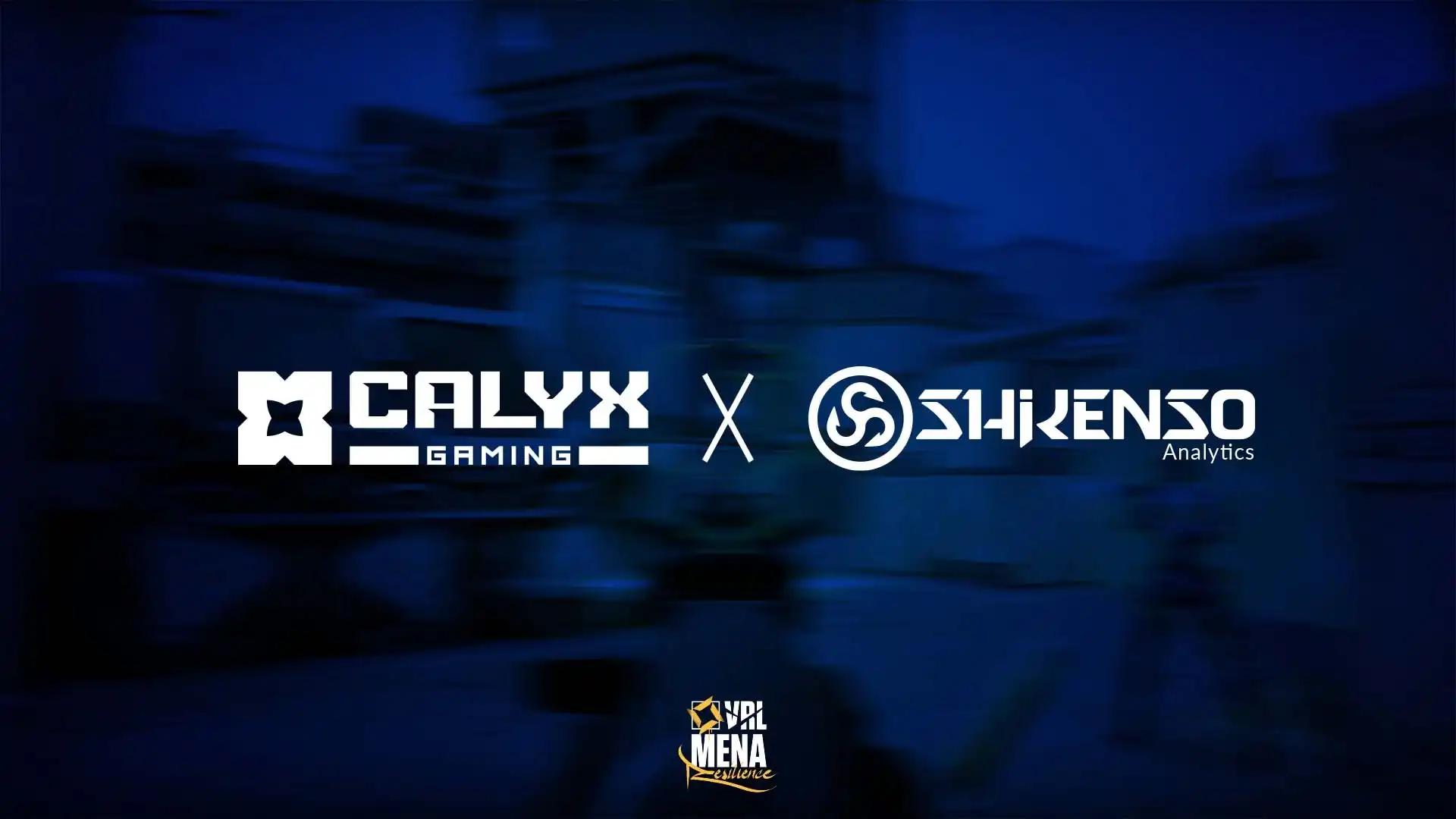Note: This article was published before our rebrand. You may notice our former logo or design elements.
Gone are the days when athletes were known only for their skills on the pitch. For a while now, athletes have also been turning up the heat on social media, especially on YouTube. Household names in the world of sports such as Cristiano Ronaldo, Charles Leclerc, and Travis Kelce are all gracing YouTube with their active presence. Who else is in this digital space and what really brings them here? Shikenso finds out.
Which Athletes are on YouTube?
Soccer stars seem to be the most active on YouTube. Such stars include the likes of Real Madrid's very own Vinicius Jr, Kylian Mbappe, and Jude Bellingham, Brazilian sensation Neymar Jr, and Manchester United's Jesse Lingard. Former soccer sensations Sergio Aguero and Ben Foster are also YouTube-famous. However, the one who has proven himself to be the GOAT of YouTube content creation is none other than Cristiano Ronaldo. In 4 months, his channel UR Cristiano has garnered 73m subscribers which is unforeseen on social media.
But it’s not just soccer stars that are running the show. From Stephen Curry to Ilona Maher to Charles Leclerc, athletes worldwide are venturing their way into the YouTube algorithm. Their content not only dives deep into their lives as world-class athletes but also portrays their moments outside of the pitch.
5 Reasons Athletes Should Start a YouTube Channel
1. Personal Branding
A YouTube channel enables athletes to exhibit their distinctive personalities, lifestyles, and values beyond the game, fostering a deeper connection with their followers. Additionally, athletes can also attract sponsorships, partnerships, and endorsements through the establishment of a personal brand.
2. Staying Relevant
In an era where social media presence is crucial, a YouTube channel helps athletes remain visible and relevant, even during the off-season or after retirement. Former English goalkeeper, Ben Foster is doing a brilliant job at this task. His YouTube channel has 1.4M subscribers and he regularly posts about his soccer and cycling journey.
Ben Foster's matchday vlog vs Notts County. Source: Ben Foster- The Cycling GK.
3. Leverage Storytelling
No athlete ever has it easy. Sharing one's own challenges, victories, or sporting lessons might inspire and encourage audiences. By showcasing their experiences, sports personalities can establish themselves as role models for aspiring athletes.
4. Social Causes
Athletes can utilize their YouTube presence to raise awareness for social causes, charities, or community projects that they personally care about. They can also make use of their social media to discuss pressing issues within the industry.
5. Revenue Generation
Athletes can generate revenue on YouTube through ad monetization, where YouTube displays ads while fans watch their videos. Moreover, they can also earn through brand sponsorships, where brands pay them to promote products and services.
YouTube vs. Other Social Media Platforms
What edge does YouTube have over other social media platforms? And why should aspiring content-creating athletes specifically start their YouTube journey? Let’s find out.
1. Short vs. Long Form Content
One of the most distinct perks of YouTube is that creators can focus on either short or long-form content or even both. This gives YouTubers the freedom to decide what route they want to take in terms of content creation.
2. Fan Interaction
Fans have more than one way to interact with their favorite creators on YouTube. Creators can interact meaningfully with their audience through comments, live chats, and community postings.
3. Discoverability
Essentially, YouTube is a video-based search engine. Since it’s owned by Google, videos appear on both YouTube and Google search results. On top of that, YouTube videos can stay relevant and discoverable for years, in contrast to platforms where the material has a shorter lifespan.
4. Analytics
Thanks to YouTube Studio, creators have access to detailed analytics. This allows them to change up their content strategy by taking a look at audience demographics and relevant metrics.
Why haven't more athletes come on board?
One of the most common questions surrounding athletes and their involvement in video content creation is why more of them haven't jumped on board. With the rise of social media and platforms like YouTube, it seems like a no-brainer for athletes to take advantage of this opportunity.
Rich Johnson, Founder of Captain post went viral on LinkedIn. He pointed out that out of the 50 most marketable athletes, only 8 of the 50 most marketable athletes are “active” on YouTube.

There are several reasons why athletes have been hesitant to embrace video content creation.
First and foremost, being an athlete requires a tremendous amount of time and dedication. Between training, games, and other commitments, it can be difficult for athletes to find the time to create videos consistently. This goes hand in hand with the fact that being an athlete is physically demanding and can leave little energy left for additional activities like creating videos.
Furthermore, many athletes may not see themselves as content creators or have the necessary skills or equipment to produce high-quality videos. It takes a certain level of creativity and technical know-how to make engaging content that will resonate with viewers.
Additionally, many professional sports teams have strict guidelines on what players can share on social media platforms. This makes it challenging for athletes to navigate what they can or cannot post on YouTube without risking disciplinary action.
In the end, it goes without saying that the pros outweigh the cons. A YouTube channel not only attracts more eyeballs for athletes but also offers self-branding opportunities. In an era where digital presence is crucial, athletes must seize the opportunity.
This article was inspired by a LinkedIn post from Rich Johnson. Feel free to check out the full post here .

Get new insights straight to your inbox
Don’t miss out on the insights that the press and media rave about!






